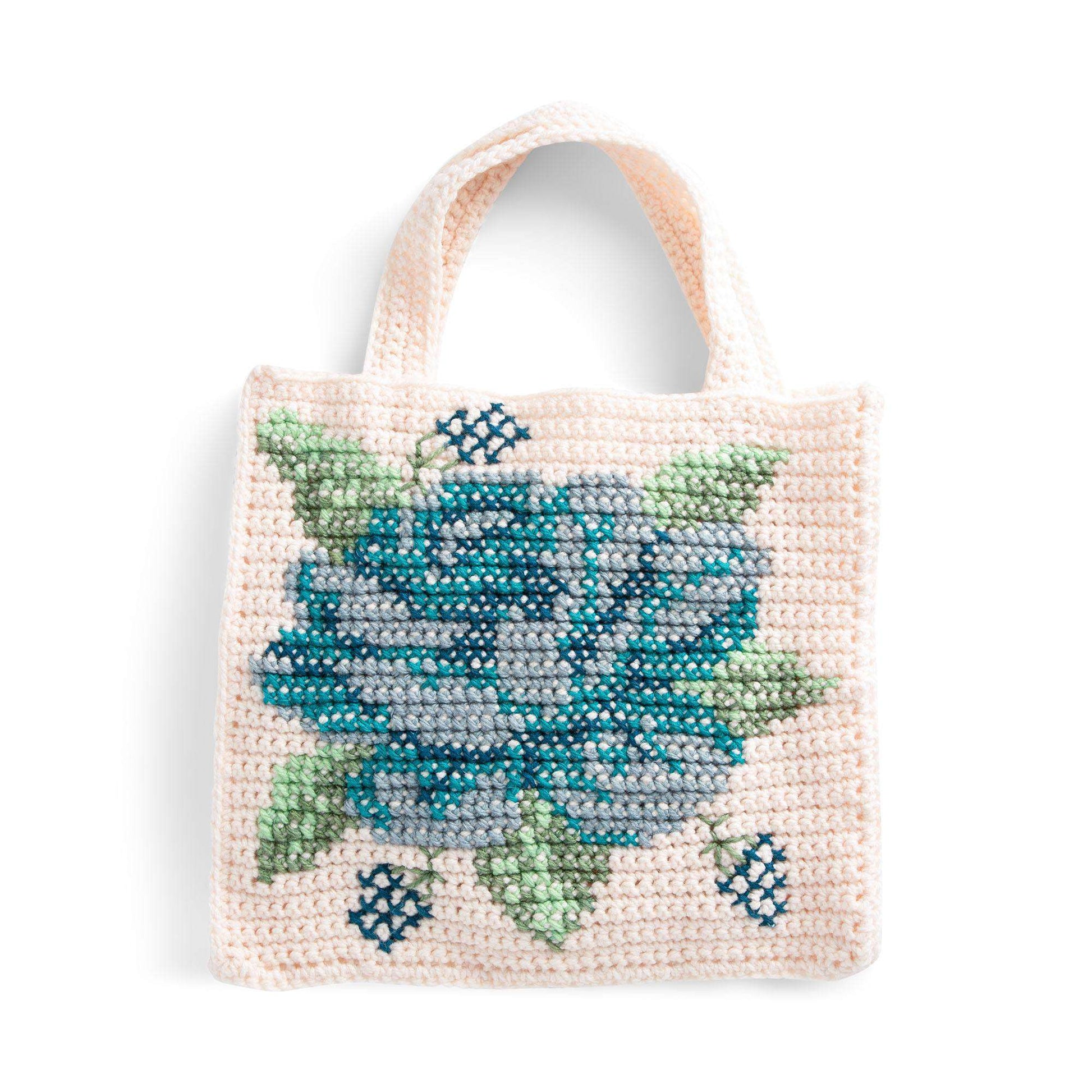The sun was low, casting a golden hue across my childhood bedroom. Nestled among forgotten trinkets and dusty memoirs was the doll I played with as a child. While gently brushing off the years from her, my thoughts meandered to the countless hours I’d spent crafting miniature quilts for her.
SEE A NEW PATTERN HEREI never imagined that one day, as Julie, a seasoned quilter and blogger, I would turn this childhood passion into an instructional guide for many.
A Glimpse into the Sherbet Doll Quilt
Quilting is not just about joining fabrics; it’s about blending memories, skills, and creativity. The Sherbet Doll Quilt, with its ruched corners, stands testament to this. It’s a simple design – essentially squares arranged diagonally, but what makes it unique is the ruched corners. A technique I devised to give this traditional craft a modern twist.
Materials You’ll Need
- Fabrics:
- 1/4 yard each of 4 cotton solid colors
- 1 cotton stripe print
- 1/2 yard fabric for backing
- Others:
- Batting
- 1″ bias tape or quilt binding
Helpful Tools for Seamless Execution
- Wonder Clips
- Spray Baste
- Rotary Cutter + Ruler
- Disappearing ink pen
- 15oz Soup Can (Yes, you read it right!)
Step-by-Step Guide to Crafting the Sherbet Doll Quilt
- Cutting Your Fabric:
- Start with 63 squares each measuring 2.5″ by 2.5″. Cut 2.5″ strips first, then use your rotary cutter to form the squares swiftly. Here’s a color breakdown for your convenience:
- Pink: 16
- White: 16
- Purple: 11
- Coral: 6
- Stripe: 14
- Start with 63 squares each measuring 2.5″ by 2.5″. Cut 2.5″ strips first, then use your rotary cutter to form the squares swiftly. Here’s a color breakdown for your convenience:
- Lay Out Your Design:
- Creativity has no bounds. Lay out the squares in a pattern that resonates with you or follow the specific pattern I chose for a traditional touch.
- Stitching It All Together:
- Sew the squares together in rows. Employ the chain stitching method to speed up the process. Remember to use a 1/4″ seam allowance.
- Once all squares are paired, sew them to complete each row. Afterward, sew the rows together. Ensuring all seams align correctly is crucial.
- Adding the Batting & Backing:
- Once you have 9 rows of 7 sewn together, it’s time to add the batting and backing. Ensure they’re slightly larger than your quilt.
- Creating the Ruched Corners:
- Here comes the fun part. Using a soup can and a disappearing ink pen, draw and trim the rounded corners.
- When it’s time to bind, pin the binding to a straight edge of the quilt. As you approach a corner, sew a line of baste stitching on the bias tape, gather it, and curve it around the corner. Continue this until all corners are done.
- Finishing Touch:
- Sew all the way around, maintaining a distance of 1/8″ from the edge of the binding.
Additional Tips and Techniques:
Beyond the basic instructions, enhancing the quality and appearance of your quilt involves some nuances and techniques. Here’s a compilation of valuable tips that can make your quilting journey smoother and more enjoyable:
1. Picking the Right Fabric:
- Quality Matters: While it might be tempting to save a few bucks, investing in high-quality fabric can make a significant difference in your quilt’s lifespan and overall look.
- Pre-washing: This can prevent potential shrinkage and dye bleeding in the future.
2. Precision in Cutting:
- Sharp Tools: Regularly sharpen your rotary cutter for precise and clean cuts.
- Measuring: Always double-check your measurements. When using a ruler, make sure it doesn’t slip. Adhesive grips on the underside of your ruler can be very handy.
3. Sewing and Stitching:
- Consistent Seam Allowance: Always ensure you maintain a consistent seam allowance. Using a seam guide can help beginners maintain consistency.
- Pressing vs. Ironing: Always press your seams instead of moving the iron back and forth. This will prevent the fabric from stretching.
4. Quilting Layers Together:
- Smooth, Not Stretch: When layering your quilt sandwich, ensure you smooth out each layer instead of stretching it to avoid distortion.
- Starting Center Out: Always start quilting from the center and work your way out for an even finish.
5. Ruched Corners & Binding:
- Flexible Bias Tape: If you’re not using pre-made bias tape, consider making your own. Homemade bias tape is often more flexible, making the ruching process easier.
- Hand Sewing: While it might be more time-consuming, finishing your binding by hand can give your quilt a clean and polished look.
6. Caring for Your Quilt:
- Washing: Use cold water and a gentle cycle. Consider using a quilt-specific detergent.
- Drying: Air dry your quilt when possible. If using a dryer, opt for a low-heat, gentle cycle.
7. Continuous Learning:
- Join a Quilting Group: Whether it’s online or in your community, connecting with fellow quilters can offer a wealth of knowledge and tips.
- Workshops and Classes: Continuous learning is key. Consider joining workshops or classes to hone your skills further.
Remember, quilting is as much about the journey as it is about the final product. Enjoy each step, and don’t be afraid to inject your personality and creativity into each quilt you make. Happy quilting!

Full Pattern: Click Here
As I sit back and reflect on the journey of creating the Sherbet Doll Quilt, I’m reminded of a memory from my early days. I recall the time when my grandmother first introduced me to the art of quilting. With each stitch she made, she would often say, “Every stitch is a memory, every quilt is a legacy.” And truly, the act of quilting is more than just joining fabrics; it’s about stitching together stories, memories, and a lot of love.
Quilting, as an art form, requires patience, precision, and a keen eye for detail. But beyond that, it’s a testament to the quilter’s passion and dedication. The process of turning individual fabric pieces into a unified masterpiece speaks volumes about the transformative power of creativity. The Sherbet Doll Quilt is not just a functional item but also a symbol of dedication, love, and the beauty that arises from uniting individual elements.
In essence, quilting is a beautiful blend of art and craft, of technique and creativity. Whether you’re crafting a simple doll quilt or an elaborate bedspread, the process is meditative, fulfilling, and deeply personal. So, embrace each step, cherish every stitch, and always quilt with love. Because, at the end of the day, that’s what it’s all about.



